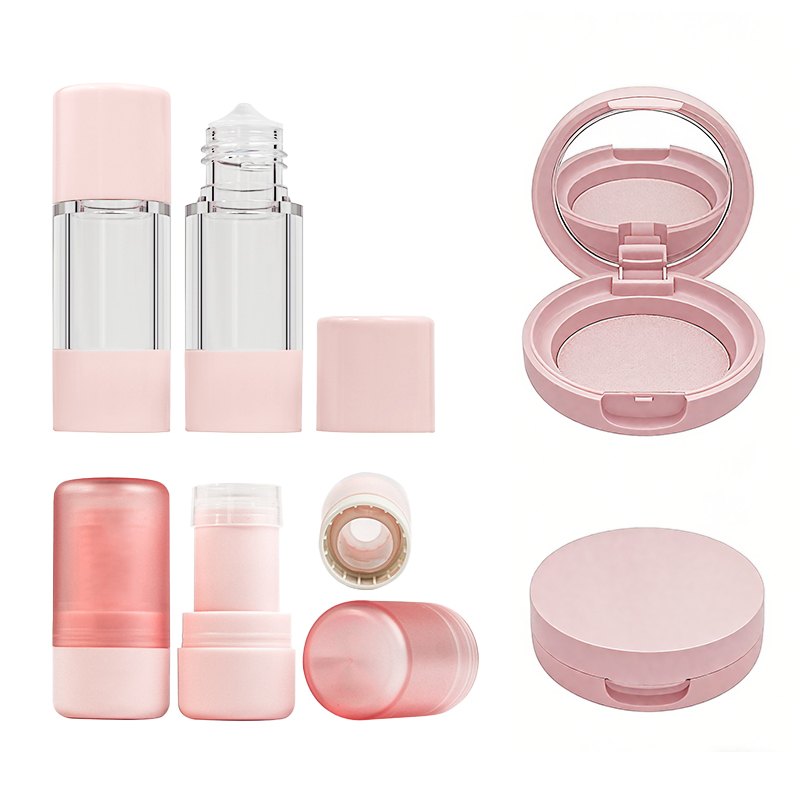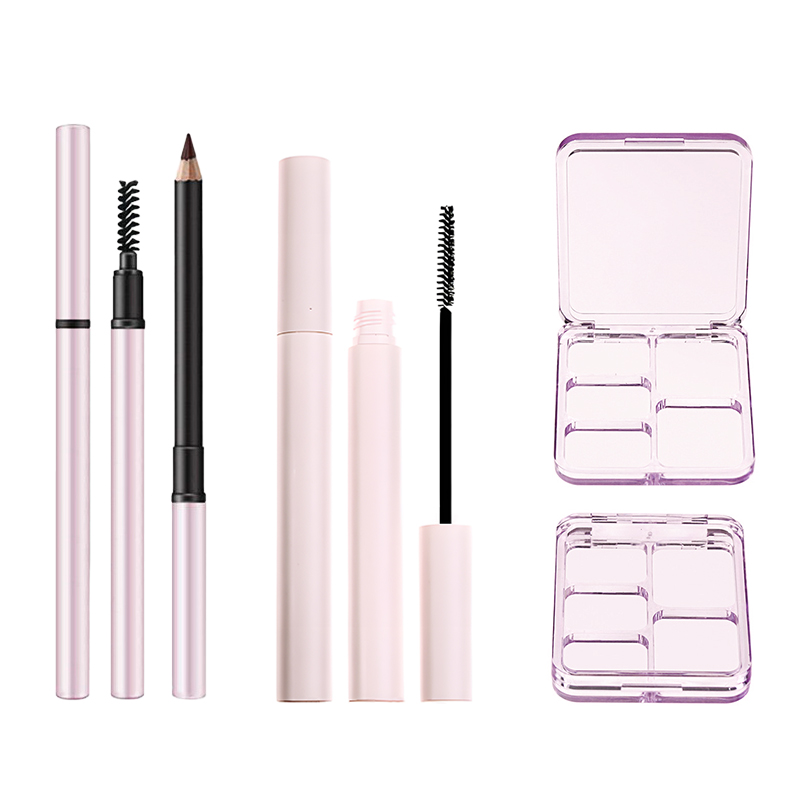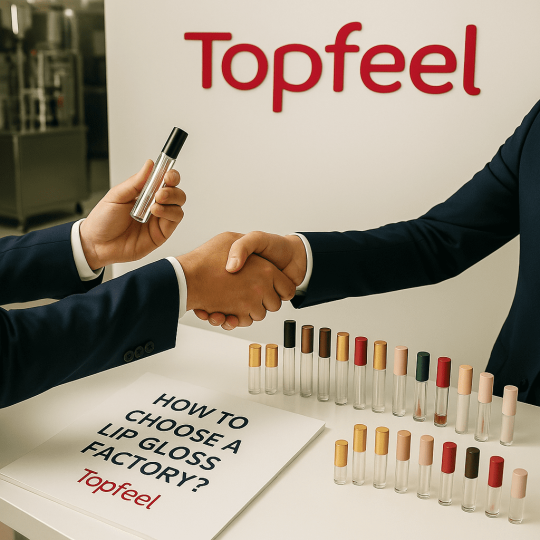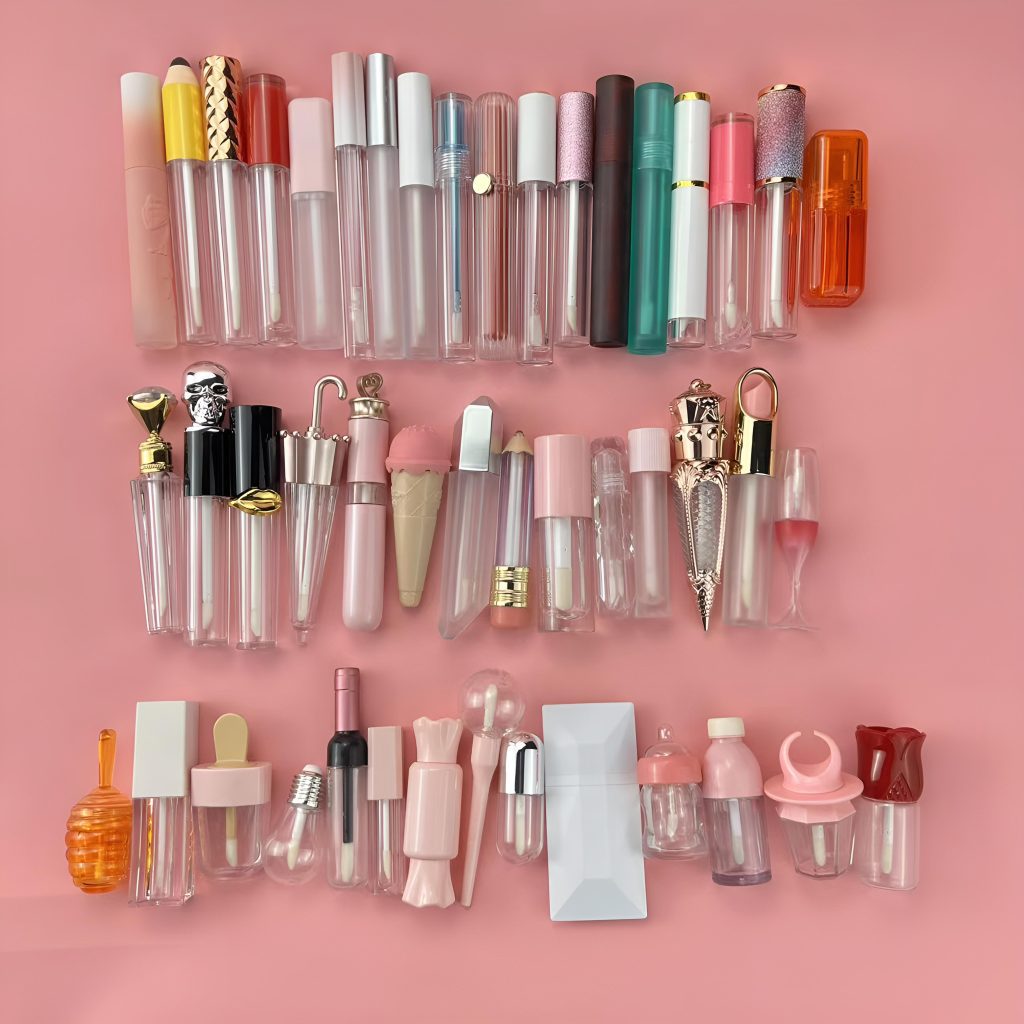How Can We Choose Tube Of Lip Gloss Factory?
Finding the right partner in business is a lot like dating—you want someone who gets you, shows up when they say they will, and doesn’t flake under pressure. When it comes to lip gloss packaging, the stakes are just as high. How Can We Choose Tube Of Lip Gloss Factory? It’s a question every beauty brand faces when stepping into production. With so many suppliers online, it’s easy to get lost in the gloss.
“You don’t rise to the level of your goals—you fall to the level of your systems,” says author James Clear. If your supplier isn’t solid, your product can fall apart—literally.
In this guide, we’ll walk you through the non-negotiables: trustworthy manufacturers, realistic MOQs, airtight quality, and branding that doesn’t look like it was made in your cousin’s garage. Let’s get real and get your gloss game right.
Types of Lip Gloss Tubes
Understanding the different lip gloss tube types helps brands match their formula and user needs. Here’s what each tube type is best suited for.
Squeeze Tubes for Easy Application
Squeeze tubes are a go-to choice in cosmetic packaging, perfect for lotions, gels, or creams. Made from soft plastic, they allow users to control the flow with a gentle squeeze—super handy for quick touch-ups or on-the-go use.
- Ideal for products like tinted balm or BB cream
- Commonly used for skincare or foundation
- Offers hygienic, mess-free dispensing
These tubes keep things clean and quick—no fuss, no mess, just squeeze and go.
Wand Tubes for Precision Glossing
If you’re all about that perfect lip line or smooth eyeshadow shimmer, wand tubes deliver. These are the classic tubes with a built-in applicator wand—designed for products that need precise application.
- Common in lip gloss, mascara, and eyeliner
- Loved for even product pickup and blending
- Keeps makeup sanitary and application consistent
“Precision builds trust,” says Selena Trieu, packaging expert at BeautyFlex. “A well-designed wand equals a better user experience.”
Wand tubes aren’t just pretty—they’re performance gear for your beauty product line.
Roller Ball Tubes for Lip Oils
Ever use a roll-on lip oil and think, “Why isn’t everything this easy?” That’s the magic of roller ball tubes. Designed for smooth-glide action, they’re awesome for applying lip oil, essential oil, or even a bit of fragrance.
- Roll-on balls offer cooling effect and even coverage
- Great for moisturizing lips or under-eye zones
- Popular in personal care and wellness lines
💡 Insider tip: Look for stainless steel balls—they give a spa-like cooling feel and resist gunk buildup. Clean, smooth, satisfying.
Choosing the Right Manufacturer
When selecting a tube of lip gloss factory, the difference between a reliable manufacturer and a mediocre one often shows in the tiniest details: uneven seams, delayed shipments, or inconsistent color batches. The decision requires more than browsing catalogs. It is a process that blends scrutiny, partnership, and long-term vision.
🧾 Factory Audit Essentials
Industry expert Grace Lin, who oversees sourcing for multiple indie beauty brands, shares:
“A factory’s cleanliness, workflow discipline, and in-house lab testing tell you more than any brochure ever will.”
During audits, teams often check:
- Quality control standards and inspection routines
- Production capacity under real-time demand
- Certification badges such as ISO 22716 or GMP
- Customization capabilities in tooling and printing
📈 Pricing Terms and Flexibility
Reliable manufacturers often offer tiered pricing, extended payment options, and transparency around tooling fees. When surveyed by Cosmetic Business Review, over 67% of buyers prioritized flexible payment terms over the absolute lowest price.
📦 Lead Time, R&D, and Customer Service
Brands value timely delivery. Delays hurt seasonal launches. Look for:
- Average lead time per 10,000 units
- Real R&D support for viscosity matching
- A dedicated account manager for consistent communication
🛡 Certifications That Build Trust
Manufacturers holding REACH, SGS, or FDA-related compliance certificates build instant buyer confidence. One founder noted:
“We dropped a supplier who could not produce testing documents during a surprise customs hold. It nearly cost us a retail partnership.”
Choosing a manufacturer is not only about tubes. It is about trust, detail, and vision alignment. The right factory becomes part of your brand story—and your success.
MOQ and Production Capacity
Understanding MOQ and production capacity helps brands make smarter packaging decisions without overcommitting resources or inventory.
Understanding MOQ in Packaging Deals
MOQ—Minimum Order Quantity—is a critical piece of the packaging puzzle.
- Suppliers often set MOQs based on production efficiency and material sourcing.
- Higher MOQs can lower per-unit cost, increasing cost-effectiveness.
- Brands must weigh bulk purchasing savings against warehouse space and cash flow. Too little, and you pay more. Too much, and you’re stuck with dead stock. Finding the right MOQ is a balancing act between order volume and supply chain realities.
Negotiating Lower Minimums for Startups
Startups, listen up—don’t let high minimums kill your dream.
- Build supplier relationships early. A good rapport can open up flexibility.
- Be transparent about your growth potential. Suppliers want repeat business.
- Offer compromises—like paying more per unit or simplifying packaging specs.
A small business owner said it best: “We landed our first supplier just by being honest and offering to co-brand the order run. They loved the idea.”
Capacity Planning for Future Growth
Smart brands always think two steps ahead.
- Demand forecasting helps align production planning with actual sales growth.
- Use scalable systems for resource allocation and capacity management.
- Don’t max out—leave 10–20% of capacity buffer to absorb demand spikes.
Table: Sample Capacity Utilization vs. Risk
| Month | Avg. Output (Units) | Capacity Use (%) |
|---|---|---|
| Jan | 20,000 | 65% |
| Jul | 30,000 | 85% |
| Dec | 36,000 | 96% |
🎯 Bottom line: Plan now or scramble later.
Balancing Inventory Risk and Supply
You’ve got enough stock, right? Or maybe too much? Welcome to the struggle.
- Inventory management means tracking what you actually need—not what looks good on shelves.
- Don’t let demand fluctuations or poor logistics wreck your margins.
- Use digital tools to optimize working capital and streamline your supply chain.
It’s a tightrope walk between overstock panic and backorder regret. Be nimble, watch data, and stay in tune with customer flow.
Quality and Safety Standards
Ensuring lip gloss tubes meet safety and quality benchmarks protects your brand and satisfies global market expectations.
Leak-Proof and Pressure Test Checks
A poorly sealed tube? Total disaster. That’s why leak detection and pressure testing are key parts of cosmetic tube quality control.
- Manufacturers test seal integrity using simulated pressure to confirm no leaks under everyday use.
- Water resistance trials and drop testing gauge product durability and transit readiness.
- Top-tier factories follow standardized testing protocols to avoid messy mishaps.
💡 Pro Tip: Ask suppliers for test reports before bulk ordering. Better safe than glossed-over.
FDA and ISO Packaging Certifications
Regulatory compliance is more than a checkbox—it’s a trust factor for consumers and retailers.
- FDA packaging guidelines in the U.S. focus on material safety and interaction with cosmetic formulas.
- ISO 22715 standardizes labeling, manufacturing processes, and product certification.
- These benchmarks safeguard the supply chain, ensuring every tube supports consumer protection.
Customization Options for Branding
Smart branding starts at the surface. Tube customization helps shape how consumers perceive your product before they even open it.
Choosing Tube Cap Shapes and Colors
Caps aren’t just closures—they’re style statements.
- Curved, flat, or dome-shaped cap shapes offer different hand feels and aesthetics.
- A cohesive color palette across tube ends reinforces your brand identity.
- Choose material choices like matte black for elegance or metallic for high-end vibes.
- The right combo of shape and hue enhances perceived value and shelf appeal.
A sleek cap isn’t a detail—it’s a signature.
Logo Printing and Labeling Methods
Strong branding sticks—literally. How your logo is applied matters.
- Screen printing: Popular for simple, bold branding.
- Hot stamping: Adds luxury with metallic foils.
- Laser engraving: Durable and scratch-resistant—great for minimalist brands.
- Pressure-sensitive labels: Ideal for short runs or seasonal designs.
Each printing technique offers unique durability and finish. For high-volume, go with direct-to-tube branding for a clean, permanent look.
Matte vs Glossy Finish Choices
Think of the surface finish as your product’s personality.
- A matte finish gives off an elegant, soft-touch vibe. It hides fingerprints and feels luxe in hand.
- A glossy finish reflects light and screams bold and modern, often used for brighter shades or youthful branding.
Whether you go for shine or subtle, the finish affects both aesthetic appeal and durability.
Transparent vs Frosted Tube Styles
This one’s all about visual properties.
- Transparent tubes let the formula shine—perfect for shimmer glosses and tints.
- Frosted effect tubes diffuse light, offering a soft, upscale look and protecting formulas from sun damage.
| Tube Style | Light Transmission | Ideal For |
|---|---|---|
| Transparent | High | Colored gloss, shimmer |
| Frosted | Moderate | Balms, subtle tints |
Pick based on whether you want full formula visibility or a filtered, gentle display.
Conclusion
Finding the right lip gloss tube supplier isn’t just another checkbox—it’s the secret sauce to bringing your beauty brand to life. Imagine pouring your perfect formula into a leaky, low-grade tube. Total buzzkill, right?
Think of your supplier like a business partner, not just a vendor. “Quality means doing it right when no one is looking,” as Henry Ford said—and that applies to tubes too. Test samples. Ask tough questions. Go for someone who’s got your back.
Bottom line: Pick a tube that fits your gloss, a factory that fits your future, and packaging that sells the story before they even try it.
FAQs
That depends on your product and brand values.
-
PET plastic is lightweight, affordable, and recyclable.
-
Acrylic looks high-end but can be more expensive.
-
Glass is eco-friendly and luxurious, but breakable.
-
Bamboo or biodegradable plastics are popular with sustainable brands.
The best choice is the one that aligns with your formula type, aesthetics, and audience expectations.
MOQ stands for Minimum Order Quantity—it’s the fewest number of units a factory will agree to produce in a single order.
Some manufacturers offer low MOQs (like 100–500 units) for small businesses, but most bulk producers require 1,000 units or more. Always ask if they offer tiered pricing based on volume.
Absolutely! Most factories offer extensive customization, especially if your order meets their MOQ.
Options usually include:
-
Cap shape: dome, flat, pointed
-
Cap color: glossy, matte, metallic, clear
-
Special finishes: soft-touch, gradient, UV coating
Custom caps can elevate the overall feel of your product and make it stand out on shelves.
Here are a few tips to help you decide:
-
Ask for product samples—test quality yourself.
-
Check if they have certifications (like ISO or GMP).
-
Read reviews or search for them on trade forums.
-
Look at their client list or past collaborations.
Good communication and consistent transparency are also signs of a factory that respects long-term relationships.






